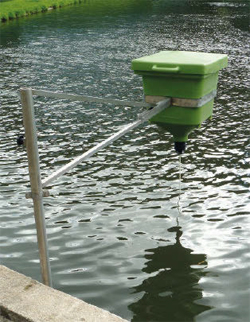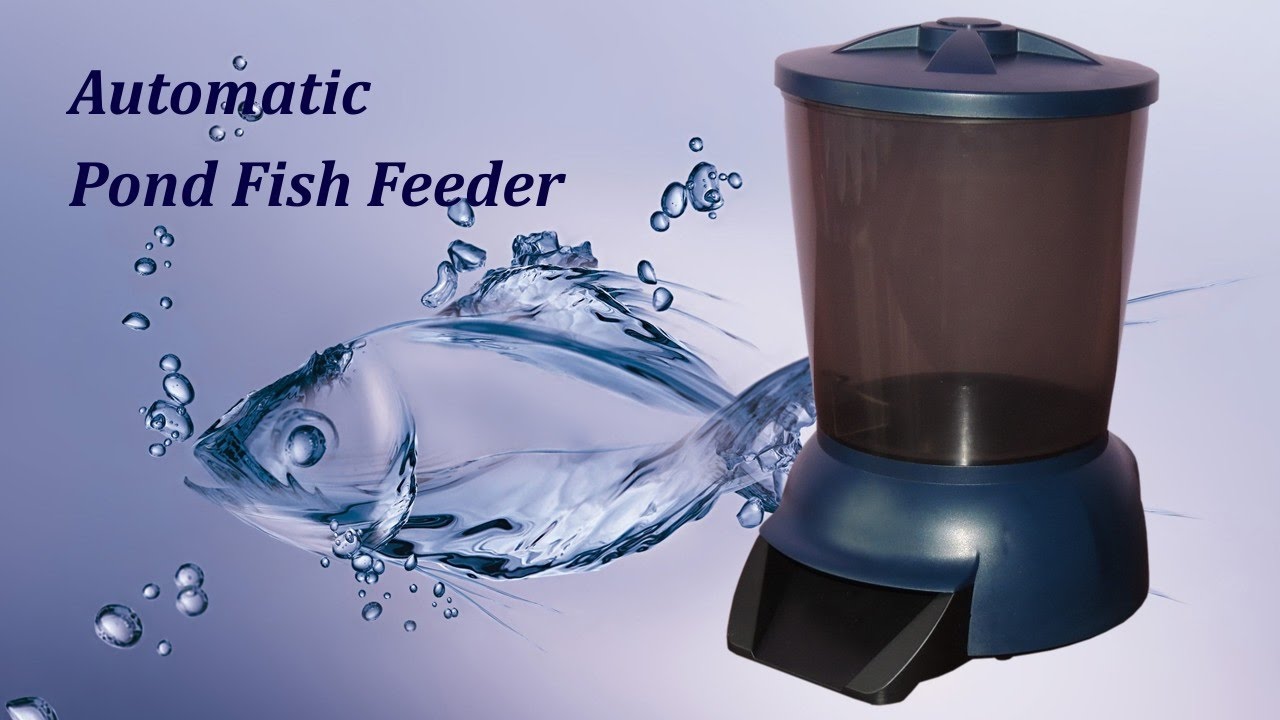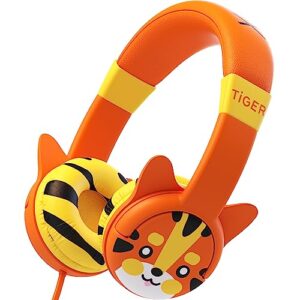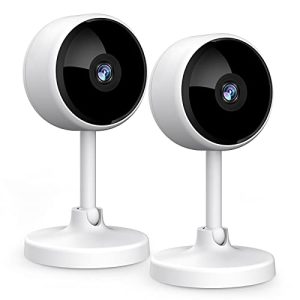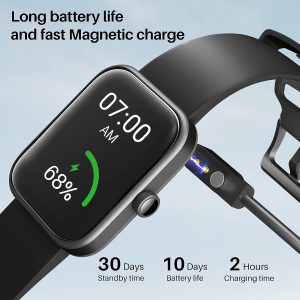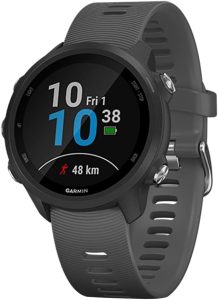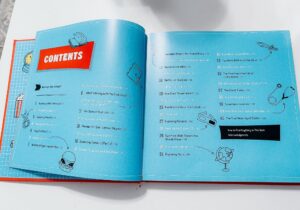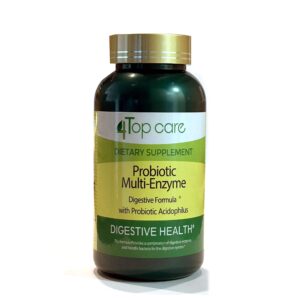Contents
- Choosing the Right Automatic Fish Feeder
- Installing the Automatic Fish Feeder
- Programming the Feeding Schedule
- Maintaining and Troubleshooting the Feeder
- Considering the Nutritional Needs of Your Fish
- Monitoring Fish Feeding Behavior
- Weather Conditions and Seasonal Adjustments
- Additional Tips and Precautions
- Benefits of Using an Automatic Fish Feeder
- Conclusion
If you’re a proud owner of a pond and want to ensure that your fish are well-fed even when you’re away, an automatic fish feeder is the perfect solution for you. With its convenient and time-saving features, an automatic fish feeder allows you to schedule regular feeding times for your underwater friends, guaranteeing they receive the proper nourishment throughout the day. In this article, you’ll discover the step-by-step process of using an automatic fish feeder for your pond, ensuring your fish are healthy and content even in your absence.
Choosing the Right Automatic Fish Feeder
When it comes to choosing the right automatic fish feeder for your pond, there are several factors that you need to consider. The size of your pond is an important consideration as it will determine the overall capacity and feeding frequency of the feeder. Determining the feeding frequency will depend on the needs of your fish and the type of pond environment you have. Additionally, understanding the capacity of the feeder is crucial to ensure that it can supply enough food for your fish. Lastly, considering the mounting options will help you find the most suitable feeder for your pond setup.
Consider the Size of Your Pond
The size of your pond is a significant factor to consider when selecting the appropriate automatic fish feeder. Larger ponds will require feeders with a larger capacity to ensure that there is enough food for all the fish. On the other hand, smaller ponds can rely on feeders with a smaller capacity. Additionally, the size of your pond can also affect the feeding frequency. Larger ponds may require more frequent feedings to ensure that all the fish have access to food.
Determining the Feeding Frequency
Determining the feeding frequency for your automatic fish feeder is crucial for the health and well-being of your fish. The feeding frequency will depend on factors such as the type of fish and the pond environment. Some fish species require multiple feedings throughout the day, while others may only need to be fed once or twice. It is important to research the specific dietary needs of your fish to determine the optimal feeding frequency.
Understanding the Capacity of the Feeder
The capacity of the automatic fish feeder refers to the amount of food it can hold at once. It is important to choose a feeder with a capacity that suits the needs of your pond. If you have a large number of fish in your pond, you will need a feeder with a higher capacity to ensure that all the fish receive enough food. On the other hand, if you have a smaller pond or fewer fish, a feeder with a smaller capacity may be sufficient.
Consider the Mounting Options
When selecting an automatic fish feeder, it is important to consider the mounting options available. Different feeders offer various mounting options, such as hanging, wall-mounted, or free-standing. The choice of mounting option will depend on the layout and design of your pond. For example, if you have a wall near your pond, a wall-mounted feeder may be a convenient option. If you don’t have any structures nearby, a free-standing feeder may be suitable. It is essential to choose a mounting option that provides easy access for both you and the fish.
Installing the Automatic Fish Feeder
Installing an automatic fish feeder in your pond is a straightforward process if you follow a few simple steps. Selecting the best location for the feeder, mounting it securely, setting up the power source, and adjusting the dispensing amount are key aspects of the installation process.
Selecting the Best Location
Choosing the best location for the automatic fish feeder is crucial to ensure efficient feeding. It should be placed in an area that allows easy access for both you and the fish. Make sure there are no obstructions that could prevent the food from dispensing properly. Additionally, consider the proximity to electrical outlets if your feeder requires a power source.
Mounting the Feeder
Mounting the feeder securely is essential to prevent any accidents or damage. Follow the manufacturer’s instructions to properly mount the feeder in the chosen location. This may involve attaching it to a wall, post, or any other secure structure near the pond. Ensure that the feeder is firmly fixed and stable to avoid any mishaps.
Setting up the Power Source
If your automatic fish feeder requires a power source, it is important to set it up correctly. This may involve connecting it to an electrical outlet or using batteries. Follow the manufacturer’s instructions to ensure that the power source is connected safely and securely. If you are using batteries, make sure they are fresh and regularly check the battery level to prevent any interruptions in the feeding schedule.
Adjusting the Dispensing Amount
Every automatic fish feeder has an adjustable dispensing mechanism to control the portion size of the food. It is important to adjust this correctly to ensure that the fish receive the appropriate amount of food. Overfeeding can lead to water pollution and health issues for the fish, while underfeeding can result in malnutrition. Follow the manufacturer’s instructions to set the dispensing amount according to the needs of your fish.
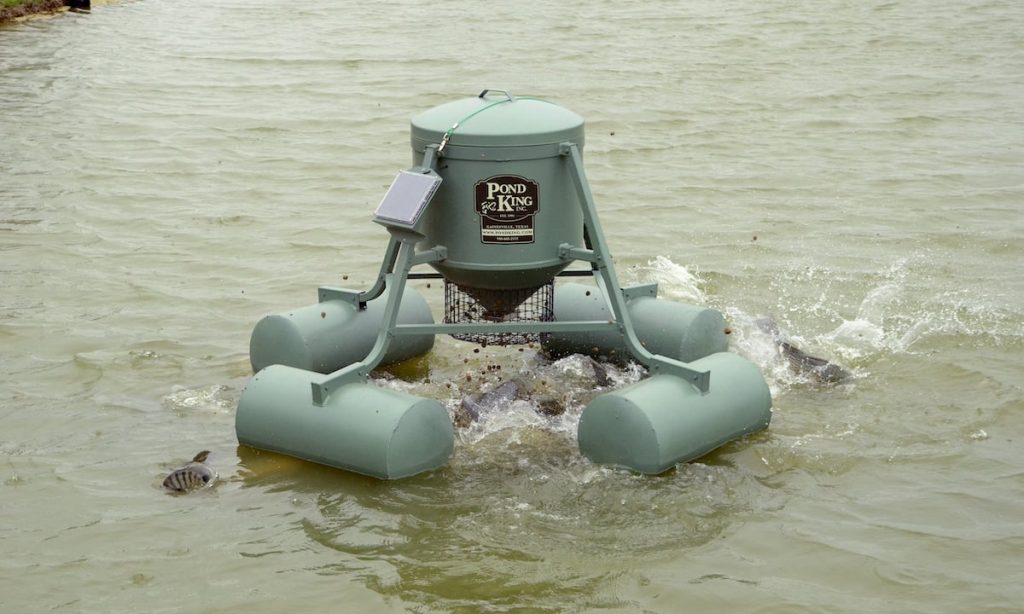
Programming the Feeding Schedule
One of the main advantages of using an automatic fish feeder is the ability to program a feeding schedule. By understanding the feeding modes, setting the feeding time, adjusting the portion size, and designating days for fasting, you can ensure that your fish receive their meals consistently and in the right amounts.
Understanding the Feeding Modes
Automatic fish feeders usually offer different feeding modes to accommodate various needs. Common feeding modes include manual feeding, automatic timed feeding, and interval feeding. Manual feeding allows you to feed the fish on demand, while automatic timed feeding dispenses food at pre-programmed times. Interval feeding provides the option to feed the fish at regular intervals throughout the day. Choose the feeding mode that best suits your fish’s requirements and your schedule.
Setting the Feeding Time
Setting the feeding time is an essential step in programming your automatic fish feeder. Consider the natural feeding patterns of your fish and set the feeding times accordingly. It is important to space out the feedings throughout the day to prevent overfeeding and ensure that the fish have enough time to consume the food before the next feeding.
Adjusting the Portion Size
The portion size can be adjusted on most automatic fish feeders to match the dietary needs of your fish. Refer to the manufacturer’s instructions to understand how to modify the portion size. Take into account the size and number of fish in your pond when adjusting the portion size to prevent overfeeding or underfeeding.
Designating Days for Fasting
Fasting days are an important aspect of maintaining the health of your fish. By designating certain days for fasting, you allow the fish’s digestive systems to rest and reset. This also reduces the risk of overfeeding and helps maintain water quality. Consult with experts or research the specific fasting requirements for your fish species to determine the appropriate fasting days.
Maintaining and Troubleshooting the Feeder
To ensure the proper functioning of your automatic fish feeder, regular maintenance and troubleshooting are necessary. Cleaning the feeder regularly, checking the battery level, and troubleshooting common issues are important tasks to keep your feeder in optimal condition.
Cleaning the Feeder Regularly
Regular cleaning of the automatic fish feeder is essential to prevent the buildup of food residue, which can lead to clogs or contamination. Follow the manufacturer’s instructions on how to disassemble and clean the feeder. Use a non-toxic cleaner and rinse thoroughly before reassembling. Regular cleaning will help maintain the health and hygiene of your fish.
Checking the Battery Level
If your automatic fish feeder is battery-powered, it is important to regularly check the battery level. Weak or dead batteries can result in interruptions to the feeding schedule, which can disrupt the fish’s feeding routine. Replace the batteries as needed and ensure that they are installed correctly.
Troubleshooting Common Issues
Occasionally, you may encounter common issues with your automatic fish feeder. These can include food not dispensing properly, the feeder not functioning at all, or inaccurate portion sizes. Refer to the manufacturer’s troubleshooting guide for specific solutions to these issues. If the problem persists, reach out to the manufacturer’s customer support for further assistance.
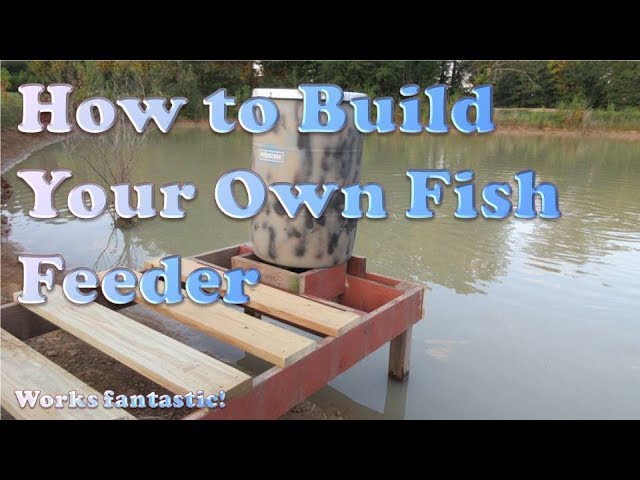
Considering the Nutritional Needs of Your Fish
Understanding the nutritional needs of your fish is vital to their health and well-being. Fish have specific dietary requirements, and providing them with the right food is essential. By choosing the right fish food, avoiding overfeeding, and adhering to their dietary needs, you can ensure that your fish are receiving the proper nutrition.
Understanding Fish Dietary Requirements
Different fish species have varying dietary requirements. Some fish are herbivores and require a plant-based diet, while others are carnivores and need a protein-rich diet. Research the specific dietary needs of your fish species to ensure that you are providing suitable food.
Choosing the Right Fish Food
Selecting the right fish food is crucial to meet your fish’s nutritional needs. There are various types of fish food available, including pellets, flakes, and live or frozen food. Consider the size and preferences of your fish when choosing the food. Look for high-quality fish food that is specifically formulated for your fish species.
Avoiding Overfeeding
Overfeeding is a common issue that can lead to poor water quality and health problems for your fish. Avoid overfeeding by following the recommended portion sizes and feeding frequencies for your fish species. Pay attention to how much food is consumed during each feeding to adjust the portion size accordingly.
Monitoring Fish Feeding Behavior
Monitoring your fish’s feeding behavior is essential to ensure that they are healthy and thriving. By observing fish activity, evaluating fish growth, and identifying signs of overfeeding, you can make necessary adjustments to their feeding schedule and diet.
Observing Fish Activity
Regularly observe your fish’s activity during feeding times. Healthy fish will be active, eager to eat, and swim actively throughout the pond. If you notice any changes in their behavior, such as reduced appetite or lethargy, it may indicate a health issue or potential problems with the feeding schedule.
Evaluating Fish Growth
Fish growth is a good indicator of their overall health and well-being. Regularly monitor the growth of your fish to ensure that they are growing at a steady rate. If their growth appears stunted or too rapid, it may be a sign of nutritional deficiencies or overfeeding.
Identifying Signs of Overfeeding
Overfeeding can have detrimental effects on fish health and water quality. Look out for signs of overfeeding, such as uneaten food accumulating at the bottom of the pond, increased algae growth, or deteriorating water quality. Adjust the feeding schedule and portion sizes accordingly if signs of overfeeding are detected.
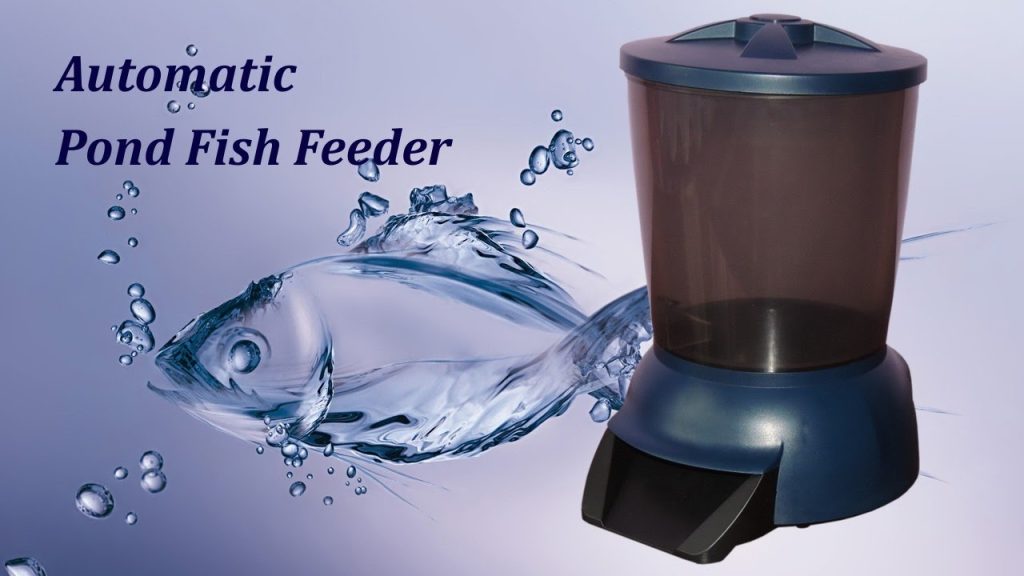
Weather Conditions and Seasonal Adjustments
Weather conditions and seasonal changes can have an impact on the feeding schedule for your fish. It is important to adapt the feeding frequency with temperature variations, consider feeding during winter months, and prepare for vacation periods when you may be away from your pond.
Adapting Feeding Frequency with Temperature
As temperatures change throughout the year, the metabolic rate of fish can fluctuate. During colder months, fish may require less food as their metabolism slows down. Conversely, during warmer months, they may require more frequent feedings. Adjust the feeding frequency accordingly to meet the changing needs of your fish.
Considering Feeding During Winter Months
In colder regions, ponds may freeze over during winter months. It is important to consider the feeding needs of your fish during this time. If your pond is frozen, you may need to stop feeding your fish as they will go into a hibernation-like state. Consult with experts or research the specific requirements for your fish species during winter to ensure their well-being.
Preparing for Vacation Periods
If you plan to be away from your pond for an extended period, it is important to make arrangements for the feeding of your fish. Automatic fish feeders can be programmed in advance to continue feeding your fish at the designated times. Ensure that the feeder has enough food and that the power source will not be disrupted during your absence.
Additional Tips and Precautions
In addition to the main considerations for using an automatic fish feeder, there are some additional tips and precautions to keep in mind. Providing shelter for shy fish, preventing predatory fish from overeating, and avoiding moisture damage to the feeder are important aspects of maintaining a healthy pond environment.
Providing Shelter for Shy Fish
Some fish species are naturally shy and may require shelter or hiding spots. This can be in the form of plants, rocks, or other structures within the pond. Providing adequate shelter will help reduce stress and improve the overall well-being of these fish.
Preventing Predatory Fish from Overeating
If you have predatory fish in your pond, it is important to ensure that they do not overeat. Predatory fish can sometimes consume more food than they actually need, which can lead to health issues. To prevent overeating, consider using feeding rings or separate feeding areas to control the amount of food they consume.
Avoiding Moisture Damage to Feeder
Automatic fish feeders need to be protected from moisture damage to ensure their longevity. If using a feeder that is not waterproof, it is essential to mount it in a location that is sheltered from rain or other water sources. Regularly check for any signs of moisture damage, such as rust or corrosion, and take appropriate measures to prevent further damage.
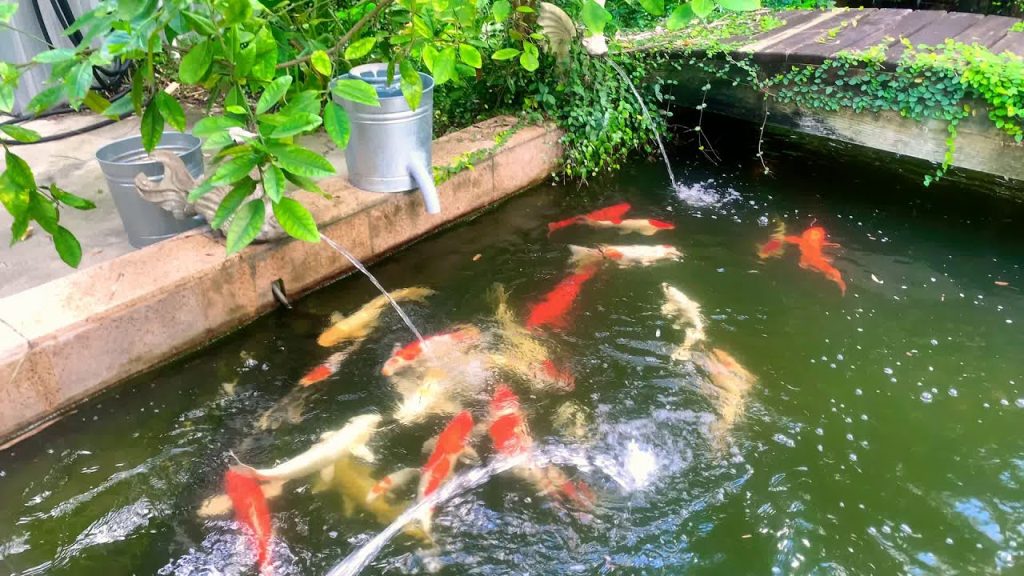
Benefits of Using an Automatic Fish Feeder
Using an automatic fish feeder for your pond offers several benefits beyond simply automating the feeding process. By ensuring a consistent feeding schedule, reducing wastage and pollution, and promoting fish health and growth, an automatic fish feeder can greatly enhance the overall well-being of your fish and the pond environment.
Ensuring Consistent Feeding Schedule
With an automatic fish feeder, you can ensure that your fish receive their meals consistently and on time. This is particularly important for fish species that have specific feeding requirements or dietary restrictions. By maintaining a consistent feeding schedule, you provide stability and reduce stress for your fish.
Reducing Wastage and Pollution
Automatic fish feeders dispense food in controlled portions, which reduces the likelihood of overfeeding and wastage. Overfeeding can lead to excessive food sinking to the bottom of the pond, causing water pollution and promoting the growth of harmful bacteria and algae. By minimizing wastage, you support a cleaner and healthier pond environment.
Promoting Fish Health and Growth
Providing your fish with a well-balanced diet through an automatic fish feeder promotes their overall health and growth. Consistent feeding and proper portion control help prevent malnutrition or overnutrition, ensuring that your fish receive the necessary nutrients for optimal growth and development.
Conclusion
Using an automatic fish feeder for your pond offers convenience and benefits for both you and your fish. By considering the size of your pond, understanding the feeding frequency, and selecting a feeder with the appropriate capacity and mounting options, you can choose the right feeder for your needs. Proper installation, programming the feeding schedule, and maintaining the feeder will ensure its effective operation. Additionally, considerations such as the nutritional needs of your fish, monitoring their feeding behavior, and adjusting the feeding schedule according to weather conditions and seasonal changes contribute to the overall well-being of your fish. With an automatic fish feeder, you can provide consistent feeding, reduce wastage and pollution, and promote the health and growth of your fish in a hassle-free manner.
